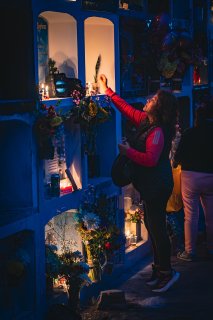
|Rio de Janeiro, Brazil|
In the context of the 4th industrial revolution, information comes to life, becomes matter, then returns to data flow, and then is matter again, in a cycle of permanent transmutation. How can we separate generation, simulation and digital fabrication? New questions arise of how to translate, contextualize and operationalize the (in) formation of architecture. At LAMO-PROURB, the pedagogical project “Computation for Architecture in Python” develops research to implement Computation in Architecture, in early stages, including textual and visual programming in Python, applied to architectural thinking and making. The research initiated the implementation of two design courses to introduce computation at Universidade Federal do Rio de Janeiro in 2019. The research project translated and adapted existing computational knowledge from STEAM (Science, Technology, Engineering and Mathematics field) adapting this knowledge to design thinking and making. The images presented here are from a combinatorial facade project, developed in the first and second edition of the discipline “Computation for Architecture in Python I”. In the design context, algorithms and data structures participate in the generation, simulation, optimization, fabrication and maintenance of buildings. The combinatorial façade exploration departs form modern traditional Brazilian legacy, improving the solution through data analyses and performance. Tradition is used in a prospective sense to develop new alternatives, promoting “future traditions” and local culture.




